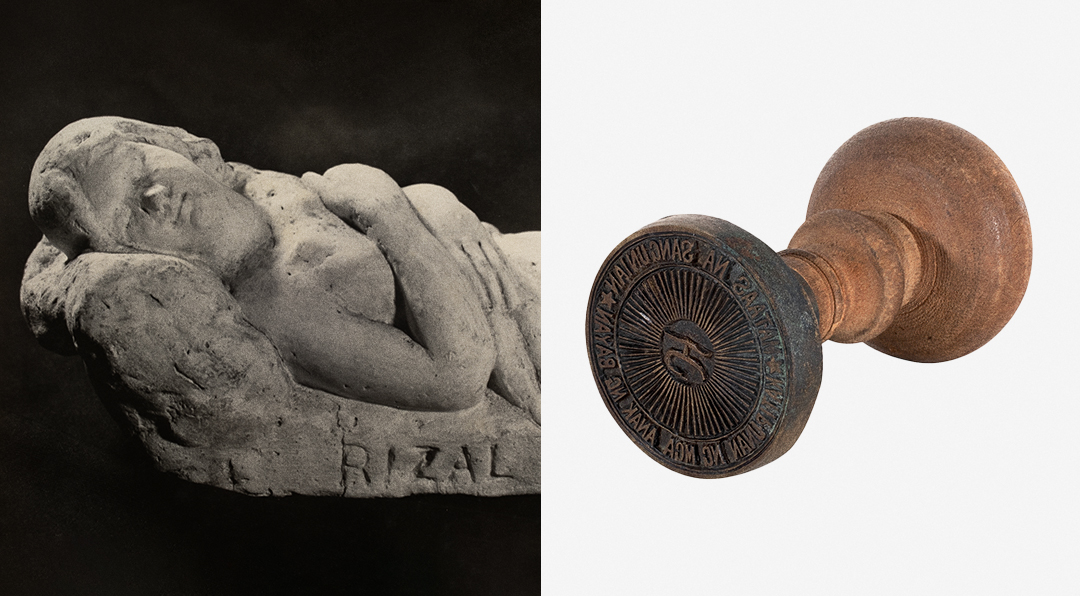X marks the spot for León Gallery’s Kingly Treasures Auction as it uncovers a sleeping Josephine Bracken sculpture and the last surviving twin seal of Andres Bonifacio
León Gallery is no stranger to finding, keeping, and sharing treasures. After all, since 2010, the gallery has turned art appreciation, acquisition, and education into, well, an art itself.
The question, then, is this: Can the 2024 edition of León Gallery’s Kingly Treasures Auction chart out another successful run? The simple answer? Absolutely.
And the fact that the auction falls on Bonifacio Day (Nov. 30, Saturday) sets the heroic tone reverberating across the 157-piece catalog culled from various collections. Even founder and director Jaime Ponce de Leon’s prologue crackles like a rallying cry around Jose Rizal and Andres Bonifacio—two personas, identities, psyches, and star pupils of Filipino history that serve as the fundamental inspirations for the third Kingly Treasures Auction.
“Our year-end auction thrusts into the spotlight none other than our two most revered heroes, brothers in the name of independence, twin spirits who, through the mightiness of the pen and the defiance of the sword, sparked the struggle for independence,” says León Gallery founder and director Jaime Ponce de Leon
“Our year-end auction thrusts into the spotlight none other than our two most revered heroes, brothers in the name of independence, twin spirits who, through the mightiness of the pen and the defiance of the sword, sparked the struggle for independence,” he says.
That Rizal’s 128th anniversary of his martyrdom is commemorated on Dec. 30 and Bonifacio’s 161st birth anniversary will be celebrated on the auction day means that those who step inside León Gallery are in for a ride poised between a metaphorical wheel of life and an experience that comes close to touching upon the life spans of the artists on display.
Inevitably, the listener, the audience, and the end user is naturally drawn into León Gallery’s figurative “treasure hunt.”
Inside León Gallery’s kingly and regal treasure trove of rarities

It wasn’t that long ago when the Kingly Treasures Auction went out with double bangers in the last two years—Ronald Ventura’s “Blind Mechanism” (P57,232,000) in 2022 and Anita Magsaysay-Ho’s “Harvesters” (P32,443,200) in 2023—and from the 157 lots presented, it looks as if the 2024 edition is bound to follow in the same vein.
Longtime art collectors and their quest for rarities, the young generation and their search for artistic entry points, and even curious enthusiasts and their pursuit for more touchpoints to Filipino art and history will find their desires satiated within León Gallery’s halls.
Jose Rizal, Josephine Bracken, and still love
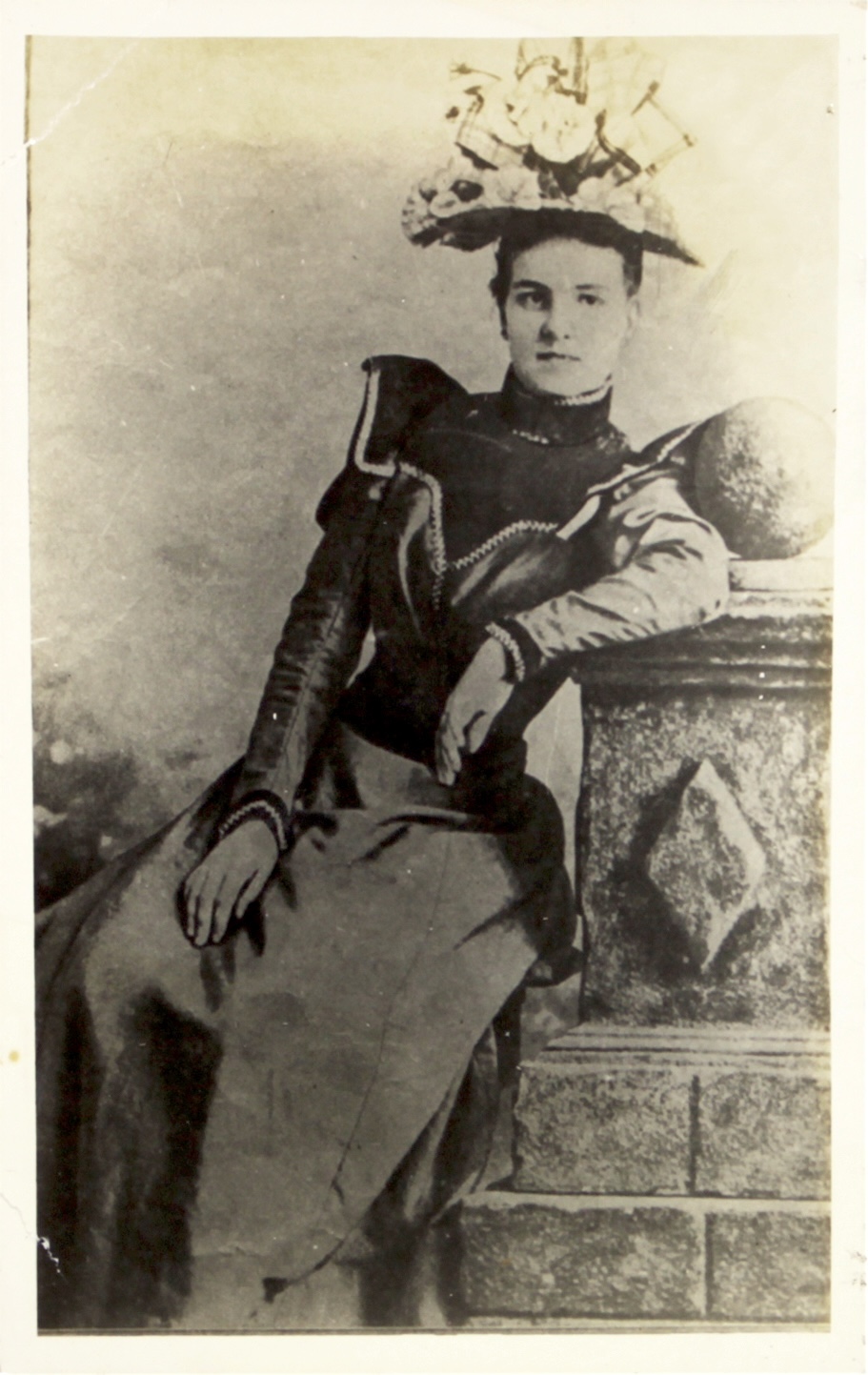
Now the most astonishing and intriguing aspect about the 2024 auction is that one of the things that measures itself from previous years and one that co-defines it is a tiny sleeping beauty sculpted by Jose Rizal himself that is ultimately an expression of love equating his adoration for the Filipino nation: “Josephine Sleeping.”
Rizal is beloved for many things—his poetry and political writings, his fearlessness, that slicing intellectualism, his utilitarian medical expertise—but his artistry is just as meticulous. Having been trained as a painter and eventually a sculptor at Manila Academia de Dibujo y Pintura, Rizal the sculptor exhibited at the annual Paris Salon of 1889 and Exposition Universelle with a bust of his close friend Trinidad Pardo de Tavera.
“Josephine Sleeping” is perhaps the pinnacle of Rizal’s last four years in exile in Dapitan where “he would allow himself to dream—a dream of love with an Irish orphan girl with blue eyes”
“Josephine Sleeping” is perhaps the pinnacle of Rizal’s last four years in exile in Dapitan where “he would allow himself to dream—a dream of love with an Irish orphan girl with blue eyes,” writes public historian and curator Lisa Guerrero Nakpil.
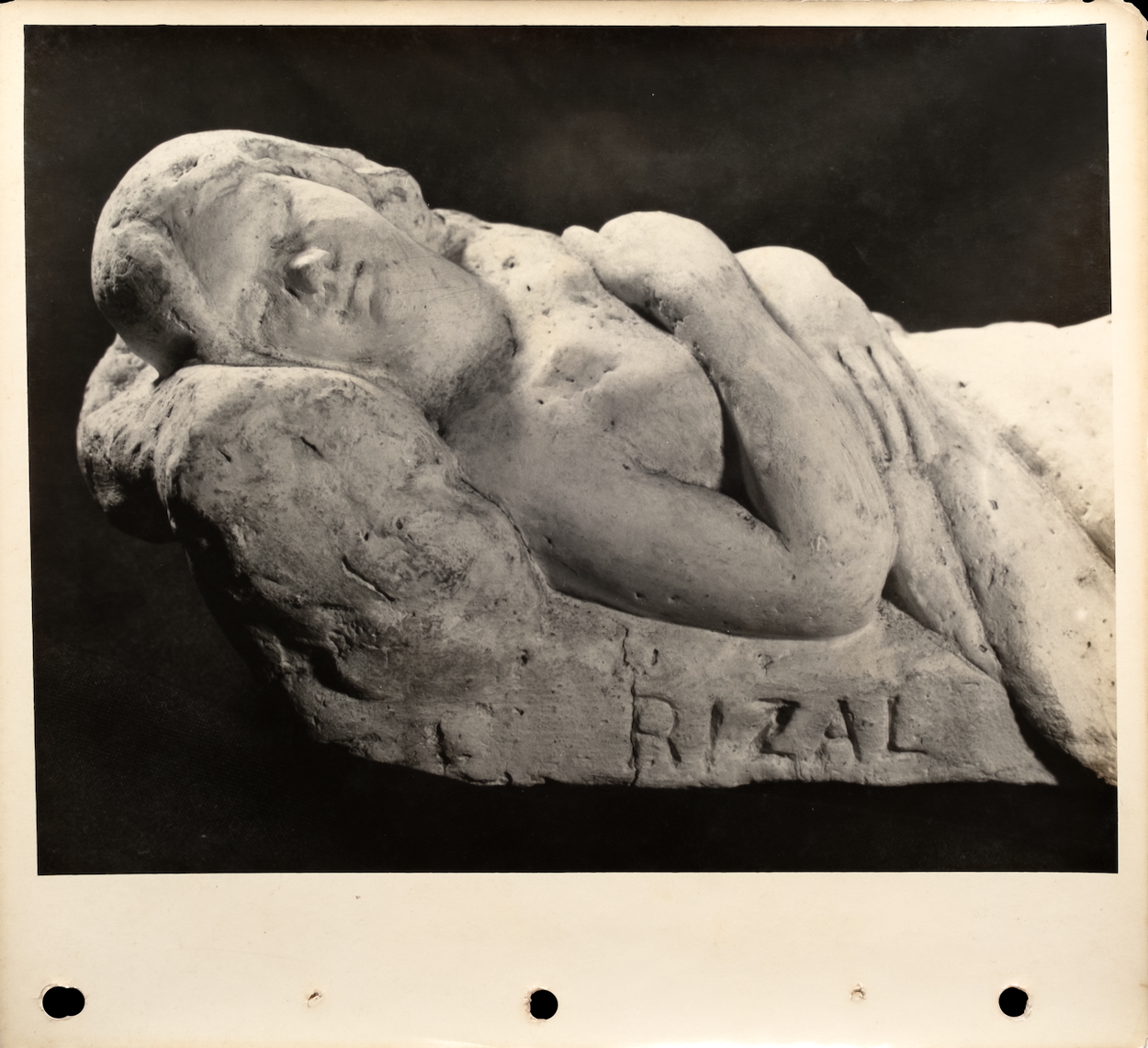
That fantasy manifested in 1895 when Josephine Bracken arrived and eventually returned to his side to live together. The “one woman with whom he shared that most jealously prized of all his possessions, his name, and also his heart’s intimacies,” tells Leon Ma. Guerrero in his book “The First Filipino: A Biography of Jose Rizal.”
And sometime during this period, this sleeping sculpture emerged as a consequential act of love, an exacting exercise in intimacy that portrayed a soft devotion on plaster of Paris.
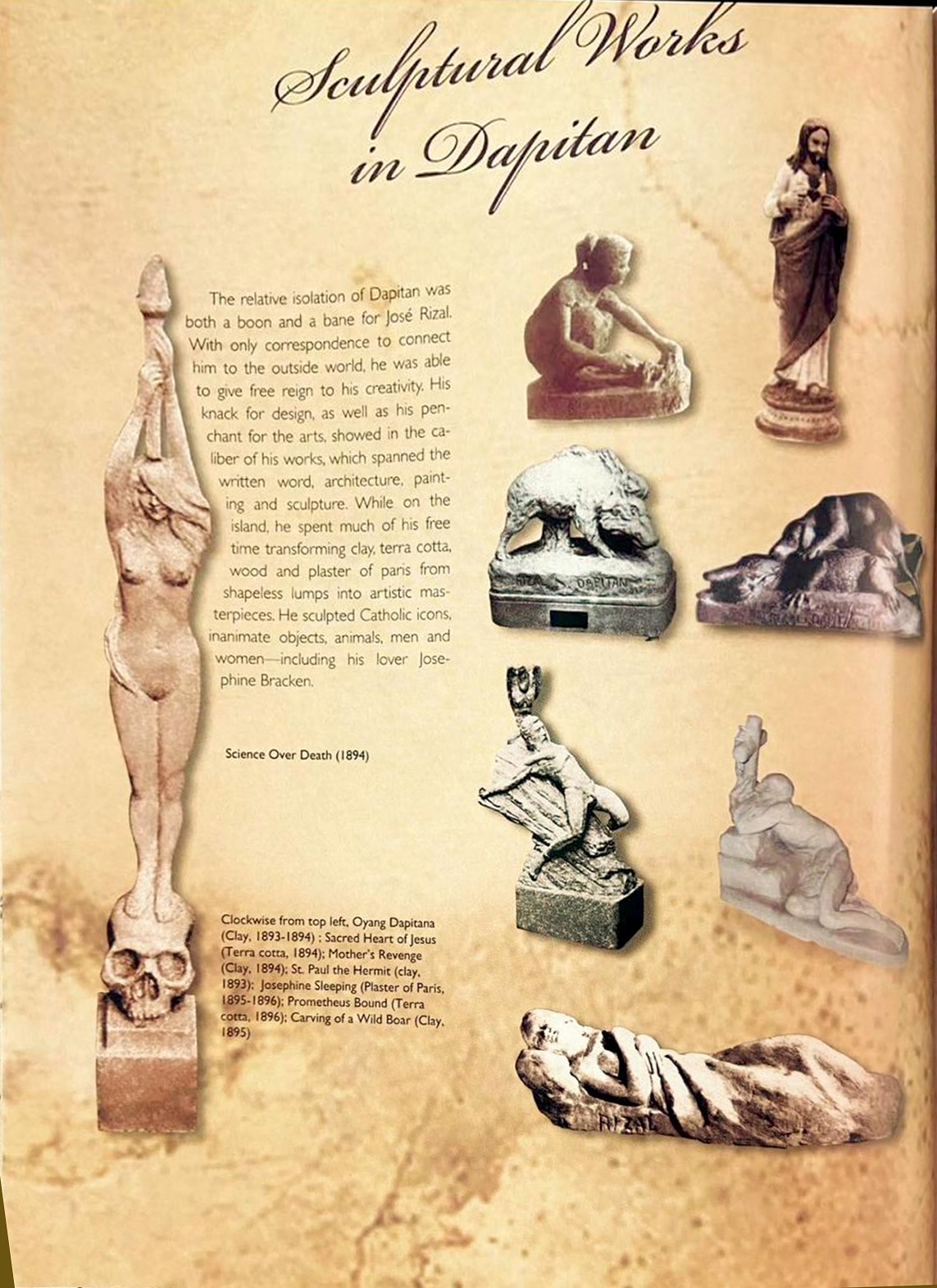
Preserving a revolution after two centuries
Another sculpture of a figurehead from Rizal’s generation meanwhile projects a different aura: Guillermo E. Tolentino’s “Bust of Andres Bonifacio” revels both in historical importance and accuracy.
Part of the collection of celebrated history professor Ambeth R. Ocampo, which was acquired from Tolentino’s widow Paz Raymundo in the 1980s and first exhibited in 1988 at the Museo ng Malacañang, the plaster cast depiction with bronze paint is based on the late National Artist of the Philippines for Sculpture’s glorious magnum opus, the 45-foot Bonifacio Monument (or simply “Monumento”) that fixates on the Philippine revolution.
But what makes this a cherished Tolentino masterpiece is the precision in all things—from the bone structure referencing Bonifacio’s surviving younger sister Espiridiona Bonifacio to the expression (based on an 1896 photograph of Bonifacio in a coat and tie) and even the choice of barong Tagalog that belies the ubiquitous allusions of a katipunero in white camisa de chino and red kundiman pants.
Another sculpture of a figurehead from Rizal’s generation meanwhile projects a different aura: Guillermo E. Tolentino’s “Bust of Andres Bonifacio” revels both in historical importance and accuracy
“This, in itself, is not unusual,” writes Rodolfo Paras-Perez in a 1976 monograph. “But what makes it stand out in Bonifacio is its fine detailing, as in the treatment of the embroidery… Thus, Bonifacio is costumed not as the plebeian going to battle but in a manner befitting a leader. Not as the reality of the situation demands but what the hierarchy of the concept dictates.”
Likewise, while history doesn’t (accurately) repeat itself, it more often than not dictates its revelation in due course. After more than 127 years, the last surviving twin of Bonifacio’s Katipunan seal resurfaces for the first time for the general public.
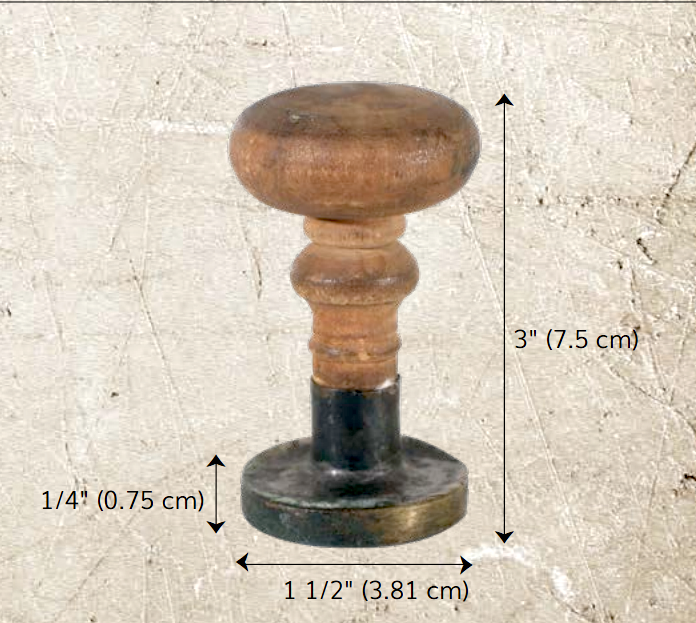
“The Katipunan’s seals were graphic symbols of its momentous aspirations—the sun and its rays which would light the path to freedom, and under which a free country would flourish, together with the ‘Ka’ of ancient Tagalog script to signify the Katipunan itself, the instrument of liberation,” writes Guerrero Nakpil.
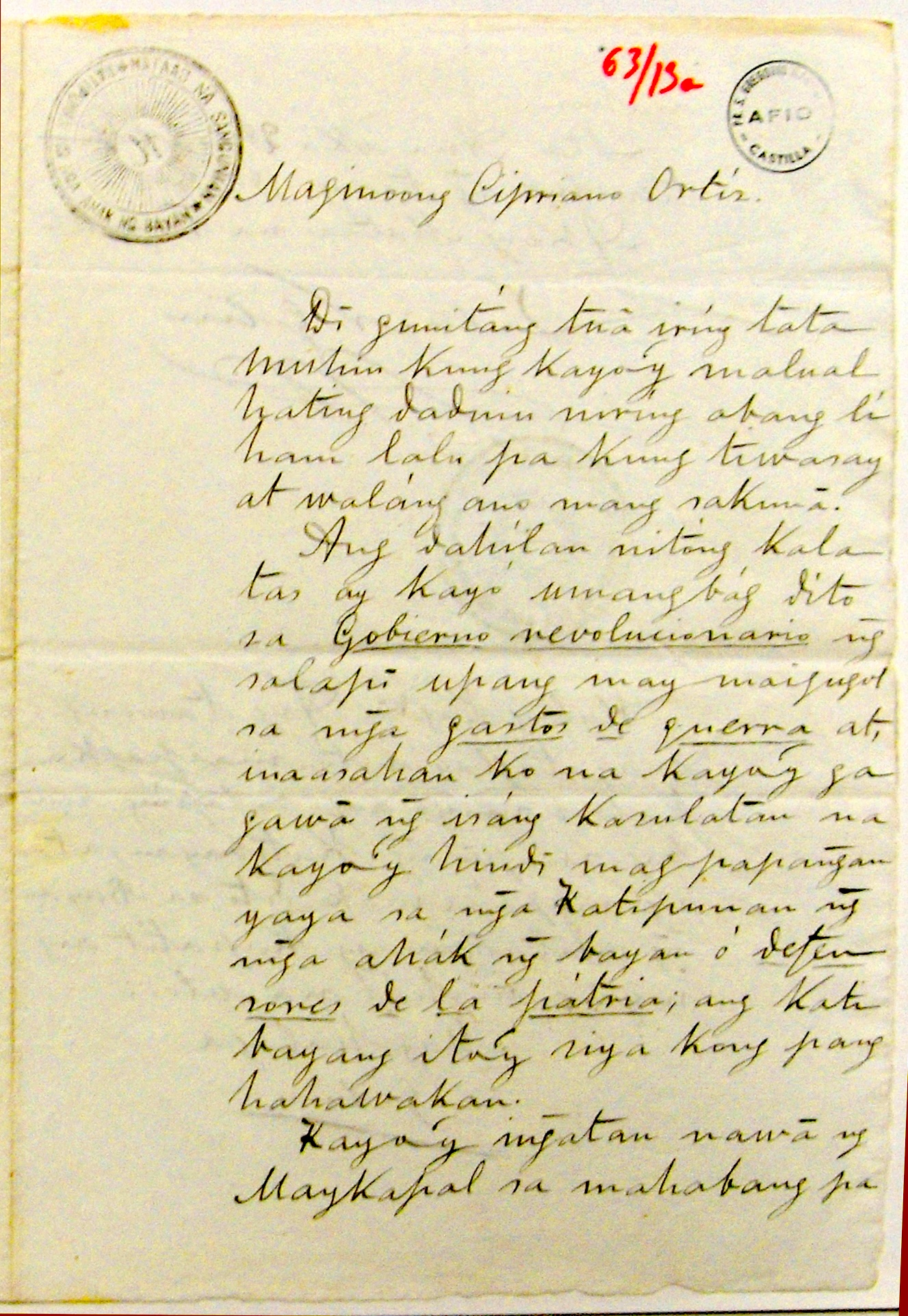
“This seal thus encapsulates the historic vision that inspired Bonifacio to found the Katipunan in 1892.”
This seal engraved with the words “Mataas na Sangunian – Katipunan ng Mga Anak ng Bayan” (High Council – Society of the Sons of the Country) holds a number of historical significance and occurrences.
After more than 127 years, the last surviving twin of Bonifacio’s Katipunan seal resurfaces for the first time for the general public
It signifies the Katipunan’s vision of liberation and heritage stemming from Bonifacio to Julio Nakpil (appointed as High Secretary in November 1896 before ascending to High President in January 1897) to persevere with their goals amid the vagaries of the period, which included Emilio Aguinaldo’s election as the new leader of the revolution. Even the ink stamp on Nakpil’s letter to Fr. Cipriano Ortiz of Paete, Laguna on Sept. 28, 1897 harbors his unwavering intensity of “continuing the Katipunan,” keeping the momentum to fight the good fight, and protecting the “defenders of the fatherland.”
It is for these reasons (and more) that the small metal seal attached to a wooden handle from the original collection of scholar Trinidad H. Pardo de Tavera and its present owners—through an unbroken line of succession—remains a vital historical artifact today.
A treasure trove of historic art
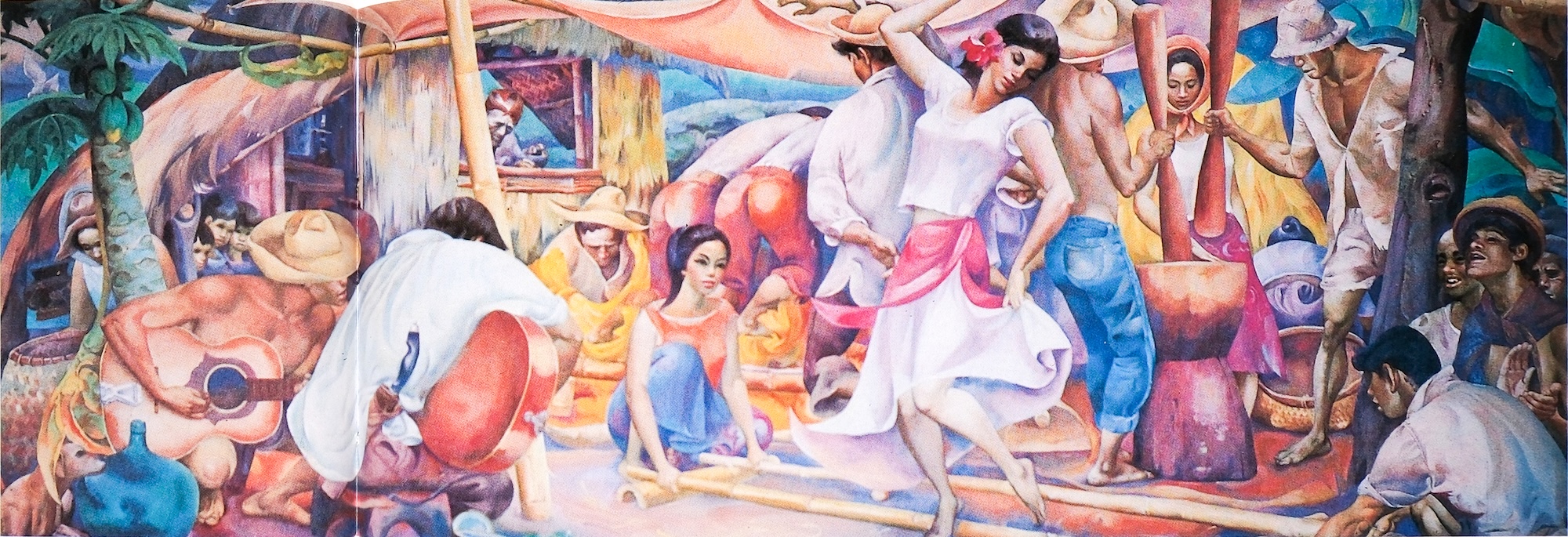
Although these Rizal and Bonifacio relics may make many attentive minds pull out all the stops, other crown jewels offer a welcome contrast to the supergiants and historically and politically charged neutron stars in León Gallery’s universe.
There is Botong Francisco’s “Tinikling No. 2” that is grandiose in its size as much as its depiction of the old-fashioned joy of Filipino life, harmonized over post-harvest rituals. Another is the earliest Anita Magsaysay-Ho piece believed to have been created in her final year at UP School of Fine Arts and tuned to her professor Fernando Amorsolo’s key. It is finally returning to local shores from a private collection in the US.
Although these Rizal and Bonifacio relics may make many attentive minds pull out all the stops, other crown jewels offer a welcome contrast to the supergiants and historically and politically charged neutron stars in León Gallery’s universe
“This 1934 piece, titled ‘Lavanderas by the Stream,’ is the earliest painting by Anita Magsaysay-Ho to come to the market,” notes León Gallery senior writer Adrian Maranan. “This work is a rarity; every monograph written about Anita has always started her chronological presentation of works in the 1940s, missing the gap that could be filled by her earliest works from the 1930s.”
Elsewhere, the Kingly Treasures Auction delivers familiar feelings that sway between mundanity (a 1952 neo-realist Vicente Manansala oil on wood indulges in “a game of chance” between four men) and introspection felt through various period portraits of ilustrados, physicians, naked beauties, Spanish families, and prominent women such as Félix Resurreccion Hidalgo’s illustration of Raimunda Chuidian Roxas.

Themes of steadfastness (Nena Saguil’s untitled abstract gift to Tetta Agustin, Givenchy’s first Filipina muse) and religion in perfectly tangible form (Batangas Uno mesa altar made of balayong hardwood) spill over one after another as if by design.
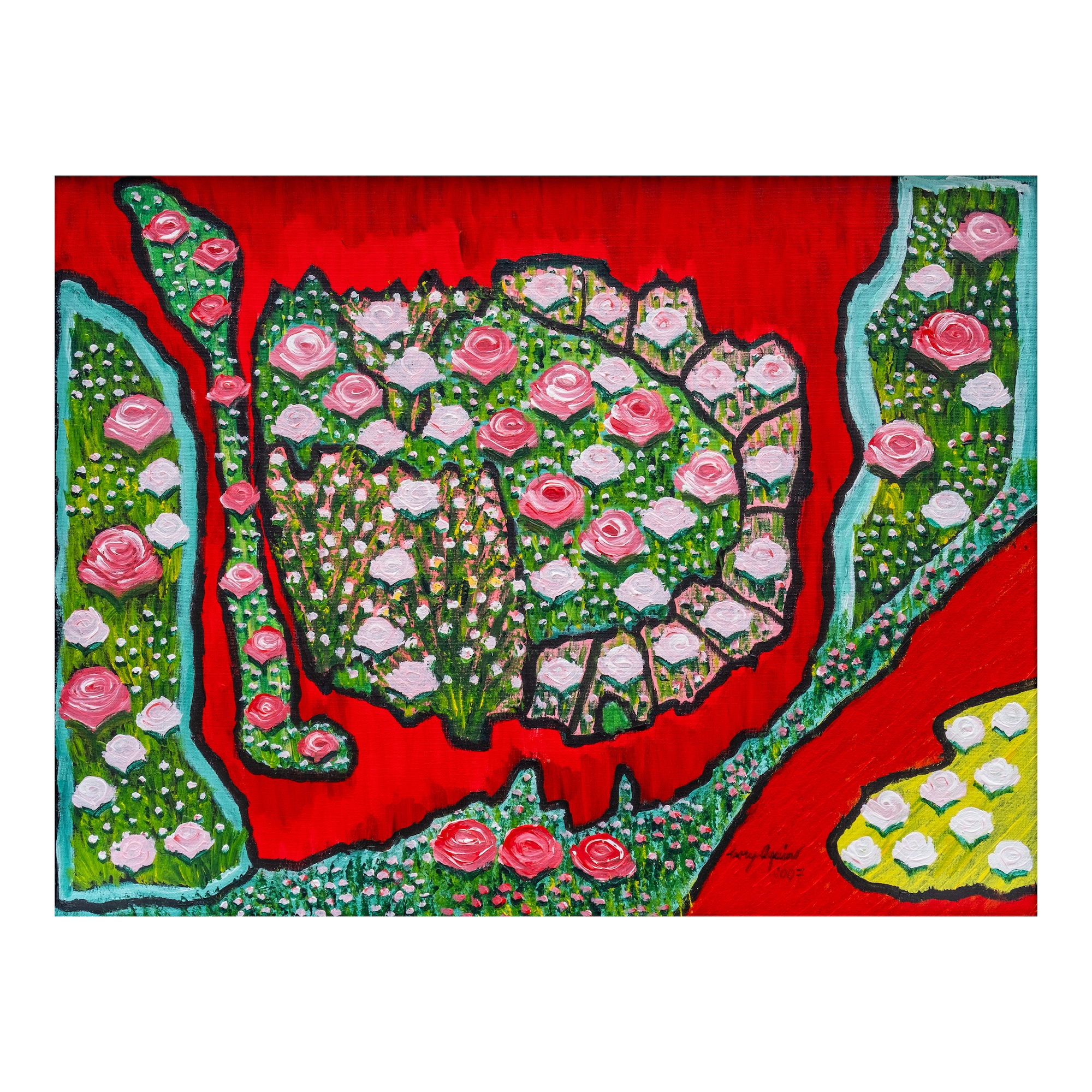
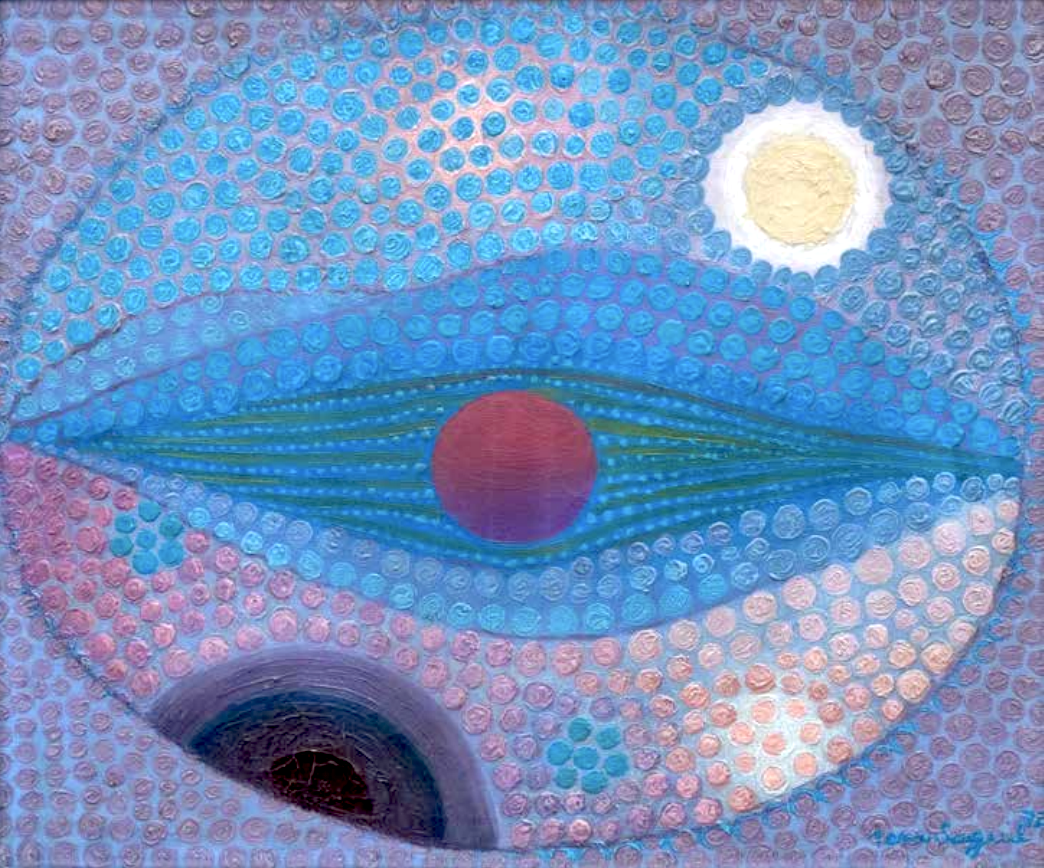
Just where León Gallery’s Kingly Treasures Auction will take you is anyone’s guess, but, if anything, these old treasures not only pave the way for young and curious art enthusiasts to pose questions about Filipino art and history and their willingness to thrust themselves into this (art)worldbuilding, it also quietly lends a helping hand to benefit Filipino scholars.
Themes of steadfastness (Nena Saguil’s untitled abstract gift to Tetta Agustin, Givenchy’s first Filipina muse) and religion in perfectly tangible form (Batangas Uno mesa altar made of balayong hardwood) spill over one after another as if by design
“Every bid, every gesture of kindness, and every item contributed or purchased is more than just a gift—it’s an investment in the future of promising scholars who will go on to make meaningful contributions to our community and beyond,” says International School Manila superintendent William Brown about the charitable aspect of the auction.
And that’s more than enough incentive to bet and bid on Filipino art and the future.
The Kingly Treasures Auction 2024 will be held on Nov. 30, 2 p.m. at León Gallery, G/F Eurovilla I, Rufino cor. Legazpi Sts., Legazpi Village, Makati City. Visit www.león-gallery.com, email info@león-gallery.com, or call (02) 8856-2781 for more information
View the entire catalog here

